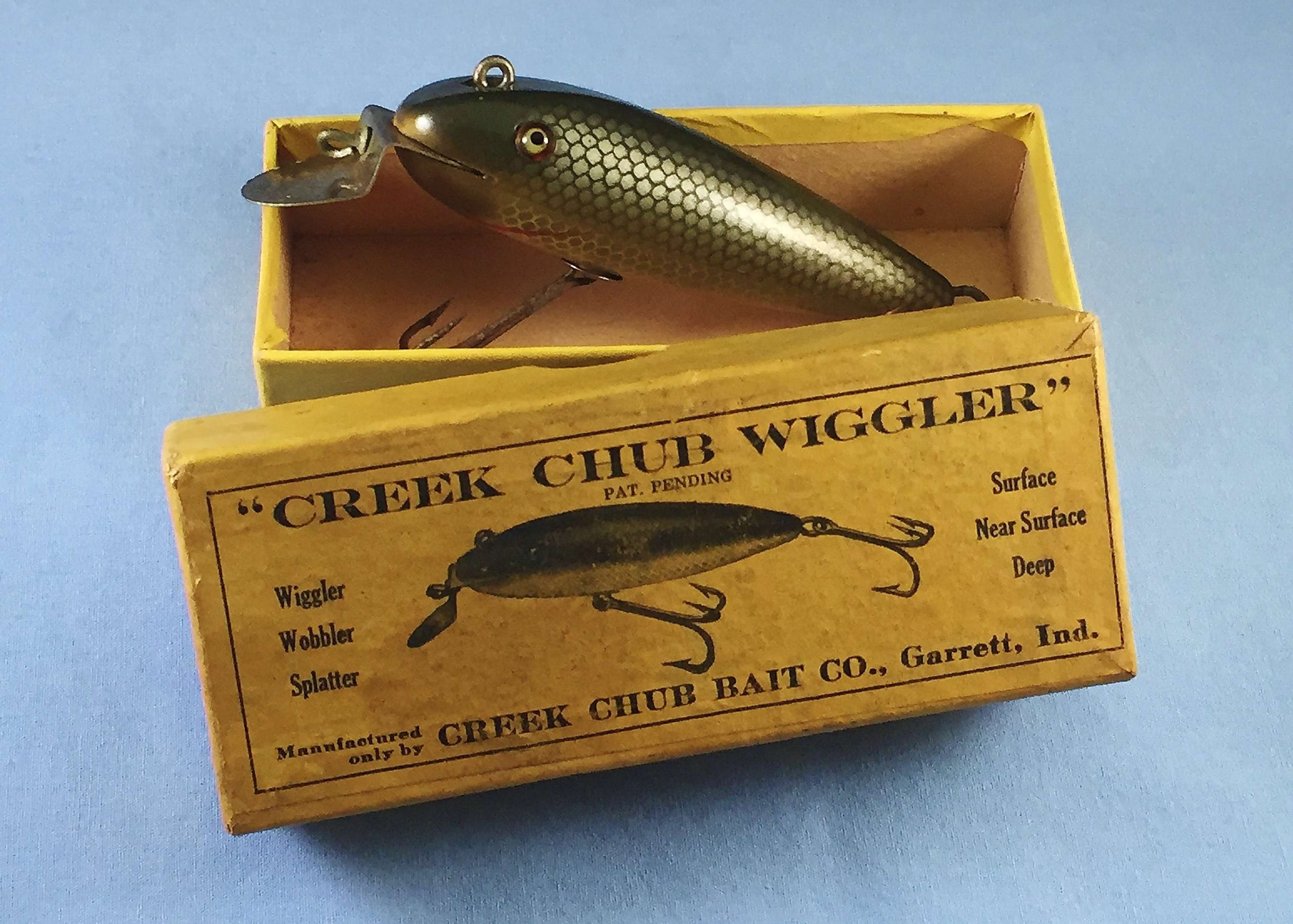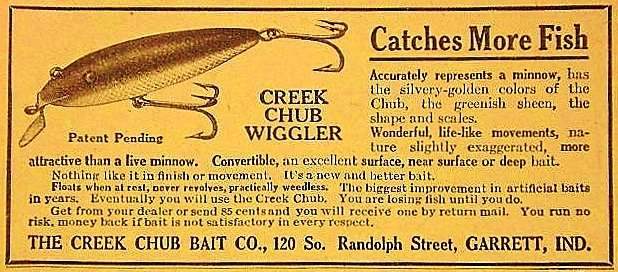
Imagine where the careers of Kevin VanDam, David Fritts or Brandon Palaniuk might be if crankbaits didn’t exist? Clearly, all three would have won fewer titles and a whole lot less money.
Think about it. They would have had nothing to probe the depths with other than perhaps a spoon, football jig or some heavily weighted soft-plastic lure. How limiting and frustrating would that have been?
I don’t know about the other two, but Fritts would have likely gone out of his mind.
Fortunately for David and the rest of us, crankbaits do exist and are available in a multitude of sizes, shapes and colors. But where did they get their start?
Before we get into that, let’s come to terms on what we mean by “crankbait.”
A Defining Moment
A crankbait is any lure designed to dive and remain below the surface during the retrieve. And though there are a variety of ways in which that can be achieved — for the sake of simplification — we’ll narrow it to those lures that employ a diving lip.
Like other true innovations in lure making, the crankbait was born of necessity. Anglers of the period needed a lure that would not only dive, but swim somewhat like a baitfish during the retrieve. And they wanted it to reach a reasonable depth.
It wasn’t until 1915 or so that the first lure to utilize a diving lip appeared.
Three avid anglers — Henry Dills, George Schulthess and Carl Heinzerling — joined together to form the Creek Chub Bait Company (CCBCO) of Garrett, Ind. The three would develop some of the most innovative fishing technology of their time.
Although the company would eventually be remembered more for producing the lure George Perry used to capture the world record bass, Creek Chub also introduced the first crankbait — naming it the “Wiggler.”

Made of wood, the lure featured two sets of treble hooks and a unique metal diving lip. The lip was anchored securely into the nose of the lure via a thinly cut sleeve. It then stair-stepped downward while projecting forward at an angle. To the vertical section, a line tie was positioned. Atop the lure’s head, a second line tie was placed. This not only provided two pull points — so that the lure could achieve different running depths — it also changed its swimming action.
While the metal diving lip was marketed as early as 1916, it wasn’t until 1920 that a patent was actually awarded.
During that time, CCBCO also developed and patented the first screening process for airbrushing scales to the body of a lure. This creative, timesaving process was so popular the company was able to license it to other lure manufacturers, realizing a handsome return in the process.
Size Mattered
The first Wiggler was the #100 size, which measured approximately 3 1/2 inches in length. It was designed primarily for black bass. Later, they introduced the smaller #200 size Baby Chub Wiggler. It measured 2 3/4 inches. And eventually, a larger size was added for pike and muskellunge. It was called the Husky Musky #600.
Other creative body styles were also introduced — such as the Pikie Minnow, Deluxe Wagtail Chub and Wiggle Fish, all of which employed the same patented diving lip as the original Wiggler.
So it’s Creek Chub Bait Company that gets the credit for developing the first crankbait, forever changing the course of modern day lure development … and the careers of angling greats like David Fritts.
Check out my other columns on the first frog and first swimbait. And be sure to follow me on Facebook.

